Shenyang China, 21st July 2023 – Zhongyi Optics (ZY Optics), the leading Chinese manufacturer of camera lenses, proudly unveils the Mitakon 200mm F/4 Macro Lens, poised to redefine the realm of macro photography with its exemplary features and exceptional capabilities.
Explore the beauty of the macro world with the Mitakon 200mm F/4 Macro Lens! This manual focus lens exhibits an exceptional working distance, boasting a reproduction ratio of 1:1. Prepare to delve into the intricate details, capturing life-size reproduction of subjects on the camera’s image sensor.
Behind the lens lies a meticulously crafted assembly of 11 elements organized into seven groups. Among them, three Extraordinary Dispersion (ED) lenses, three ultra-high index elements, and a single extra-high transmission lens. Together they work in unison to eliminate chromatic aberration, delivering true-to-life colors and impeccable image quality. The refined nine-bladed aperture diaphragm ensures smooth bokeh, adding a touch of magic to your every shot.
Key Features
A Unique Focal Length Providing Unmatched Telephoto Capabilities
The Mitakon 200mm F/4 transcends the boundaries of macro photography, transforming into a potent 200mm telephoto lens that breathes life into distant subjects. Witness breathtaking clarity and remarkable background separation as your compositions come alive.
Exceptional Working Distance
The Mitakon 200mm F/4 was designed to offer an exceptional working distance of 256mm (10’’), providing photographers with the freedom to explore new perspectives. From stealthy wildlife shots to exquisite close-ups of delicate insects, our lens offers the unique ability to capture subjects in frame magnificently from a distance, ensuring minimal disturbance.
Every Detail Matters
The 1x magnification captures small objects in intricate details with precision and allows for life-size reproduction of subjects on the camera’s image sensor. The Mitakon 200mm F/4 ensures that no detail goes unnoticed.
Sample Gallery

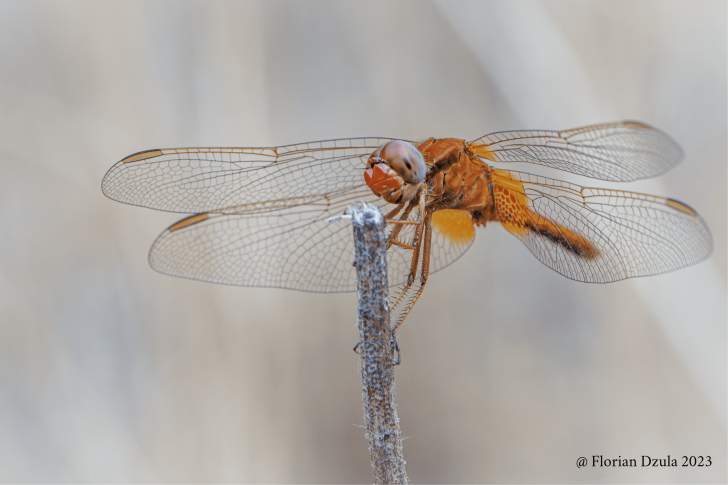








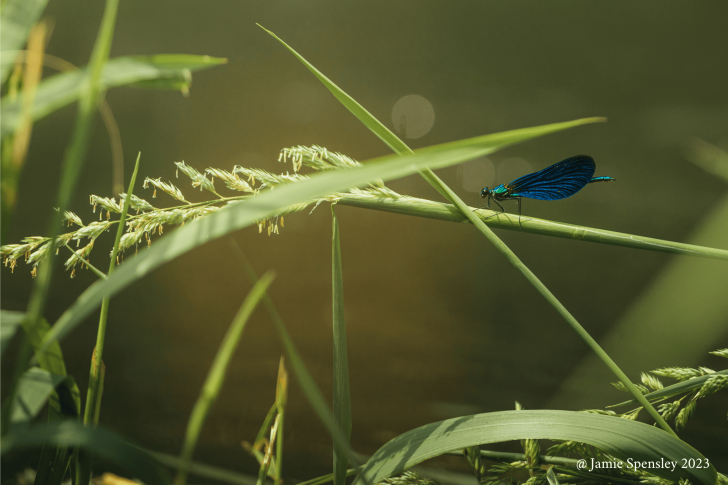


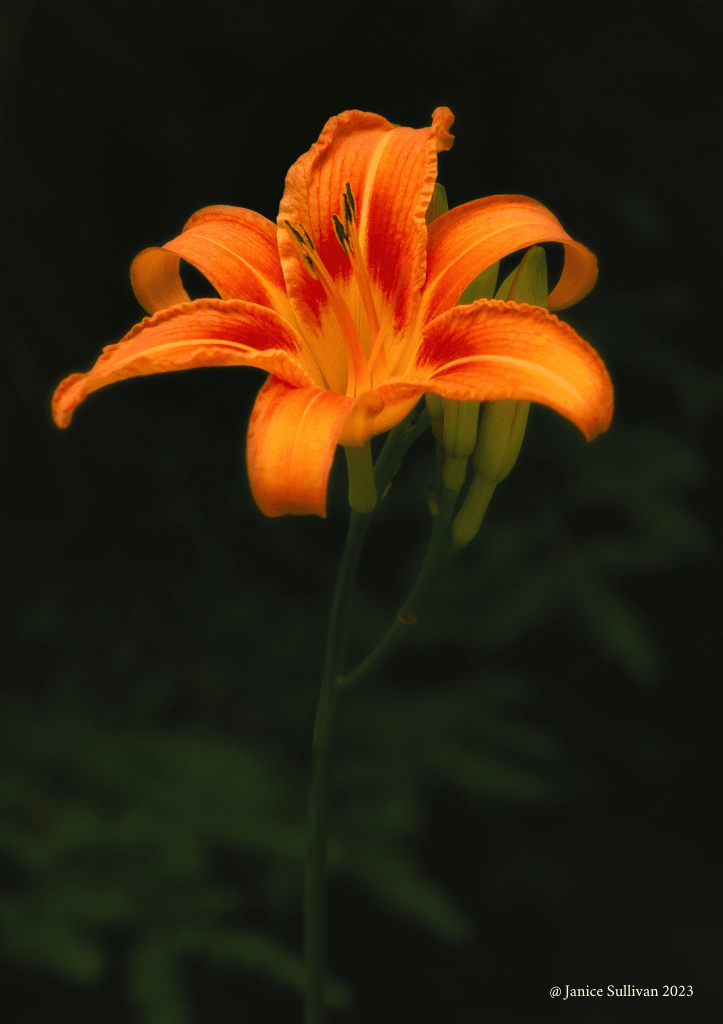
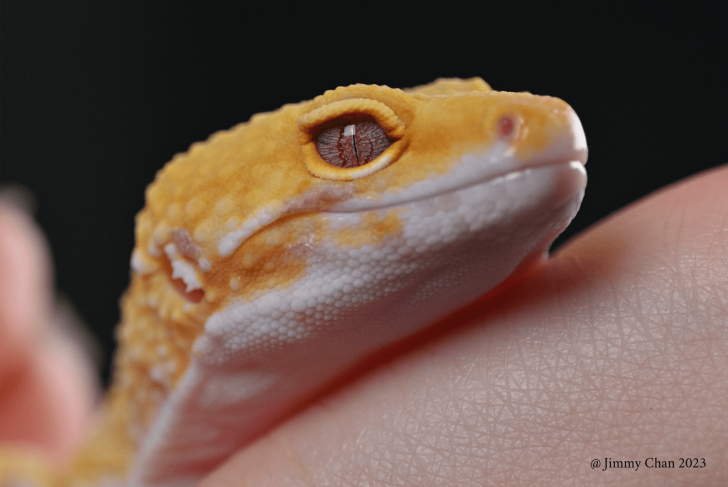


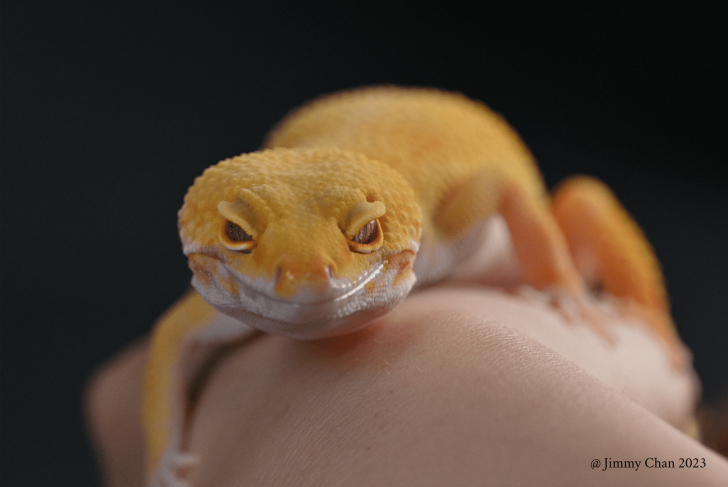




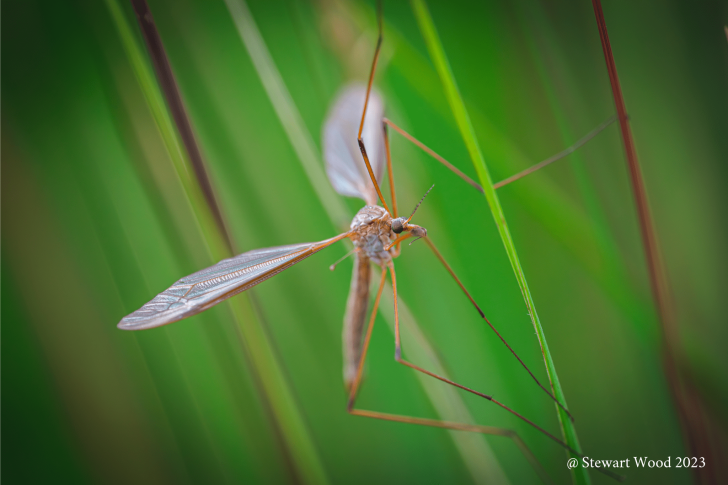
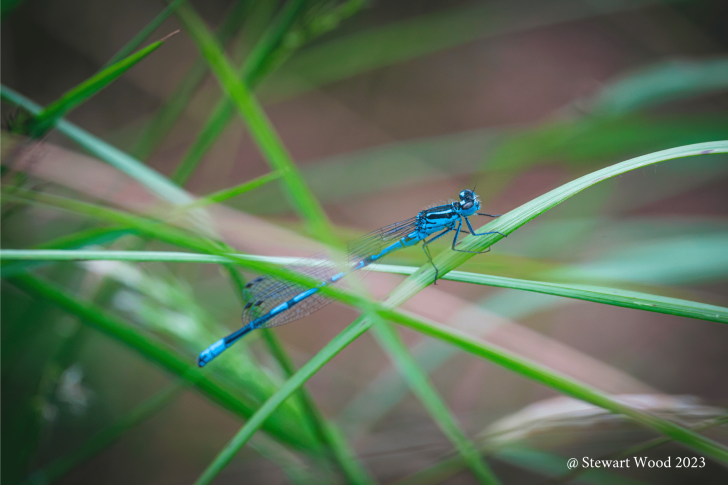
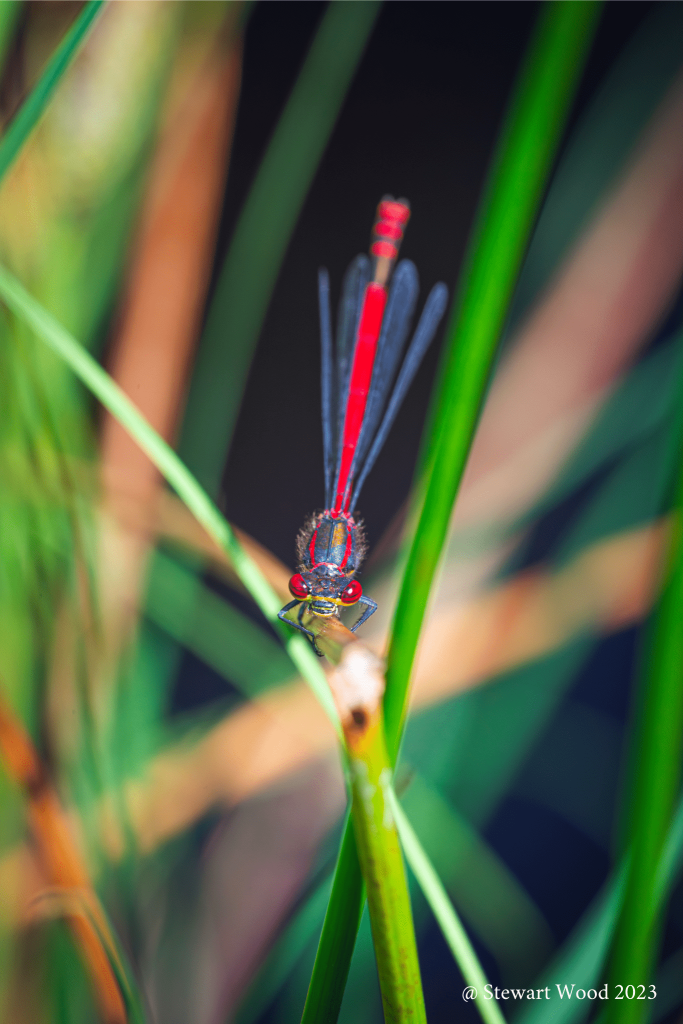
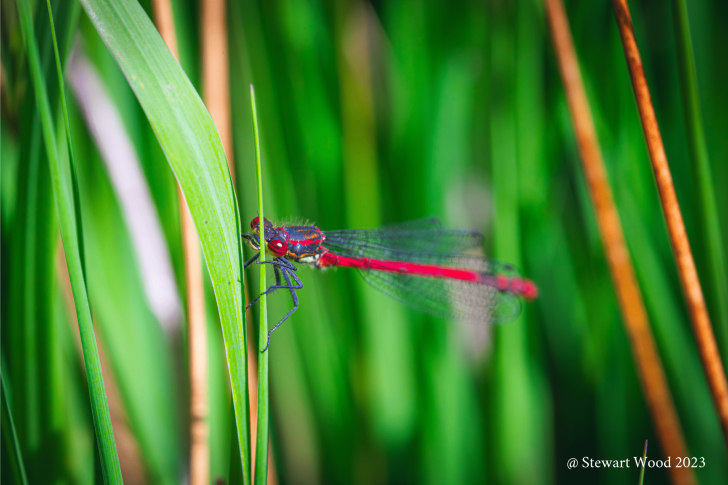


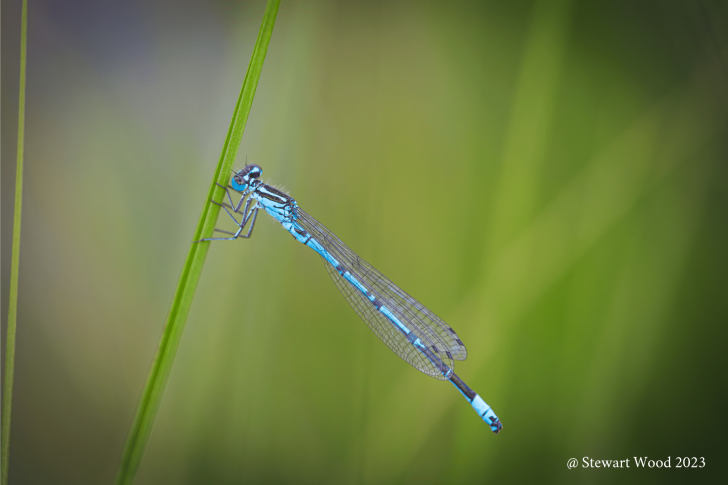
Advanced Apochromatic (APO) Technology
The Mitakon 200mm F/4 lens is equipped with advanced apochromatic (APO) technology which easily eliminates the dreaded chromatic aberration, or in other words, purple fringing. Experience true-to-life colors and pristine image quality!
Arca Swiss Lens Support
With the Arca Swiss Lens Support, photographers can achieve superior stability and secure mounting of the Mitakon 200mm F/4 lens. The support system is designed to seamlessly integrate with Arca Swiss-compatible tripod heads and quick-release plates, ensuring a firm and reliable connection between the lens and the camera setup.
Pricing and Availability
The Mitakon 200mm f/4 Macro Lens is available at an exceptional price of just USD 499, making precision macro photography accessible to all. It will be available for purchase through Zhong Yi Optics’ official webstore as well as authorized resellers. Customers can place their orders immediately, as the product is ready to ship.
Product Gallery
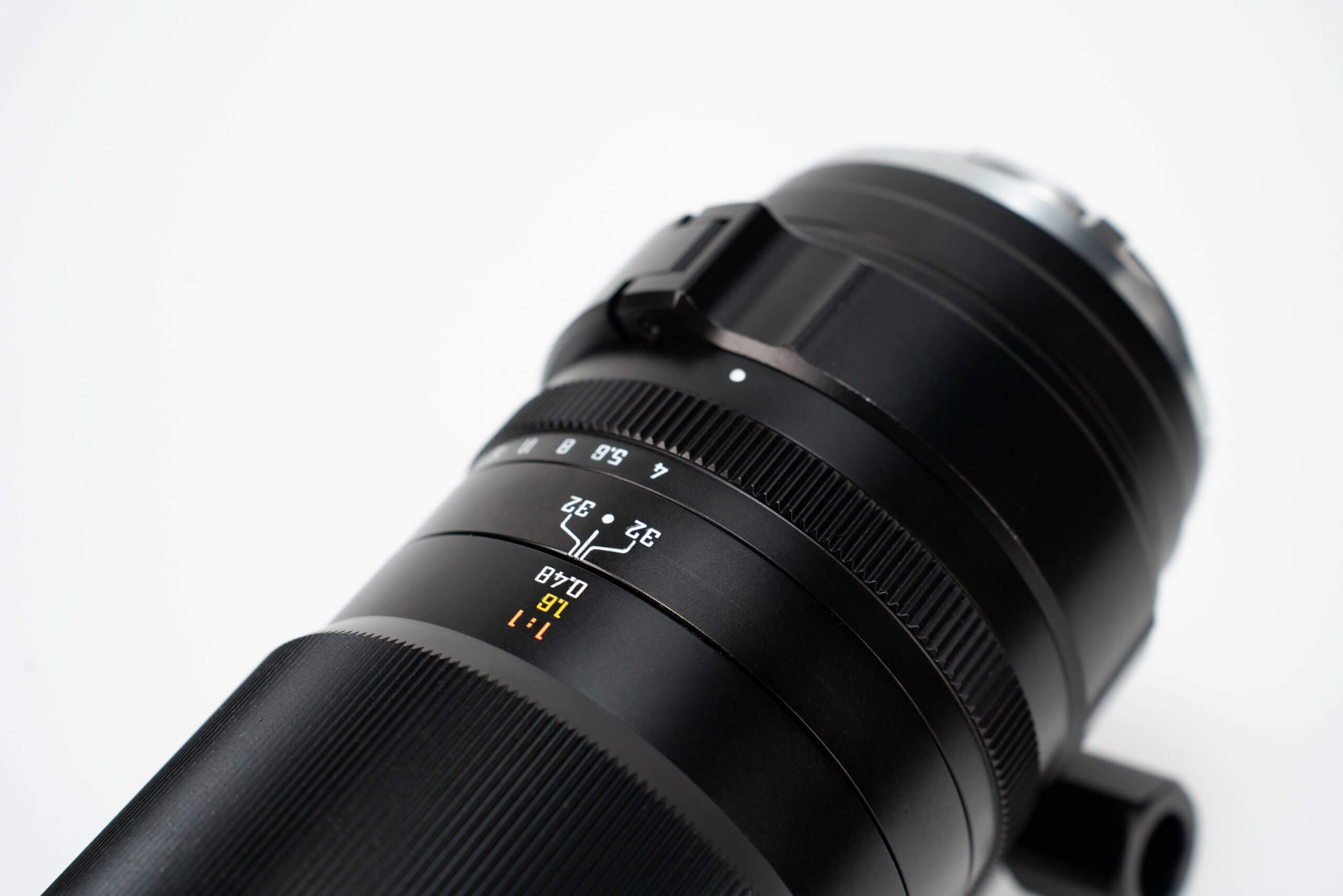
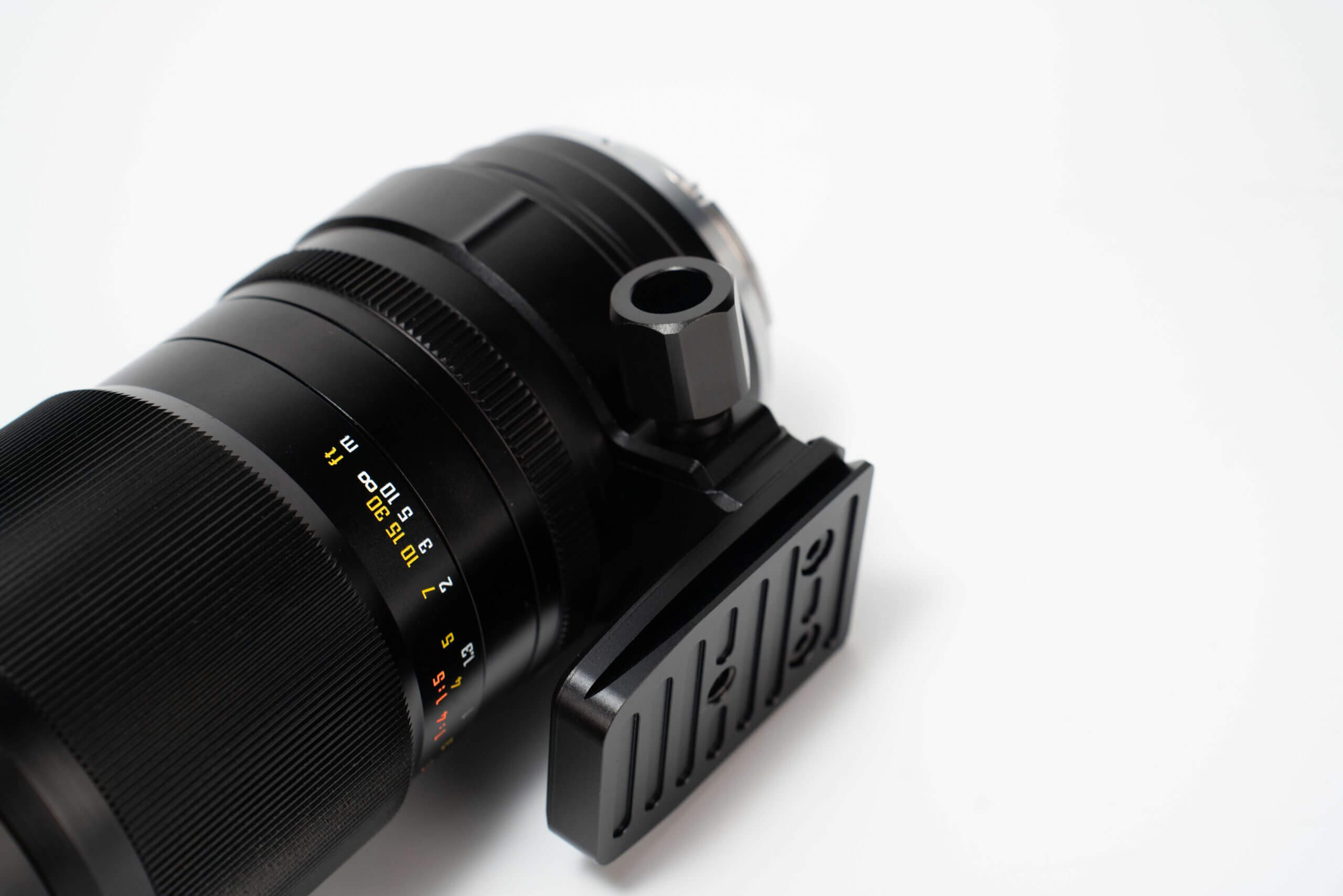
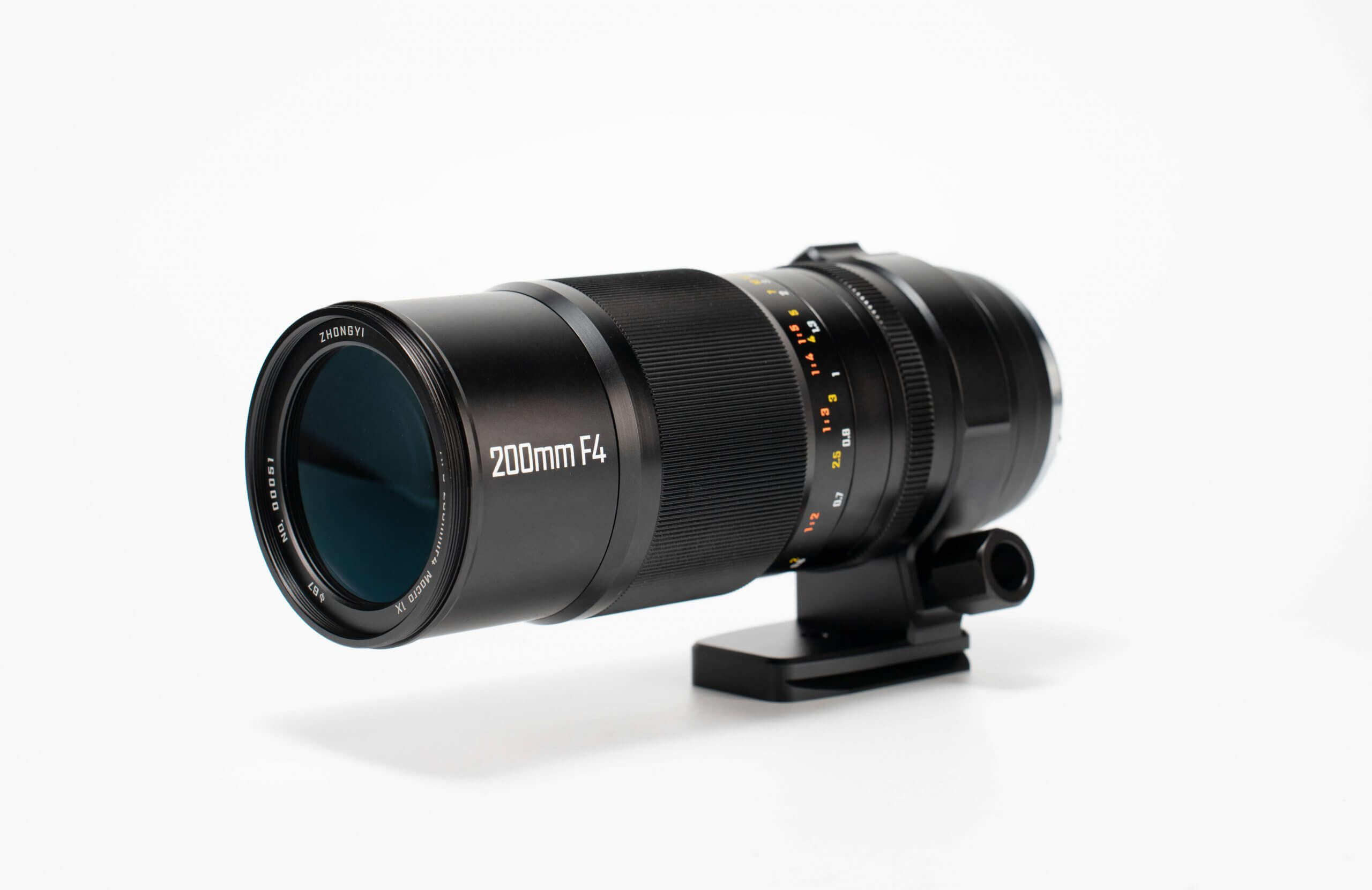
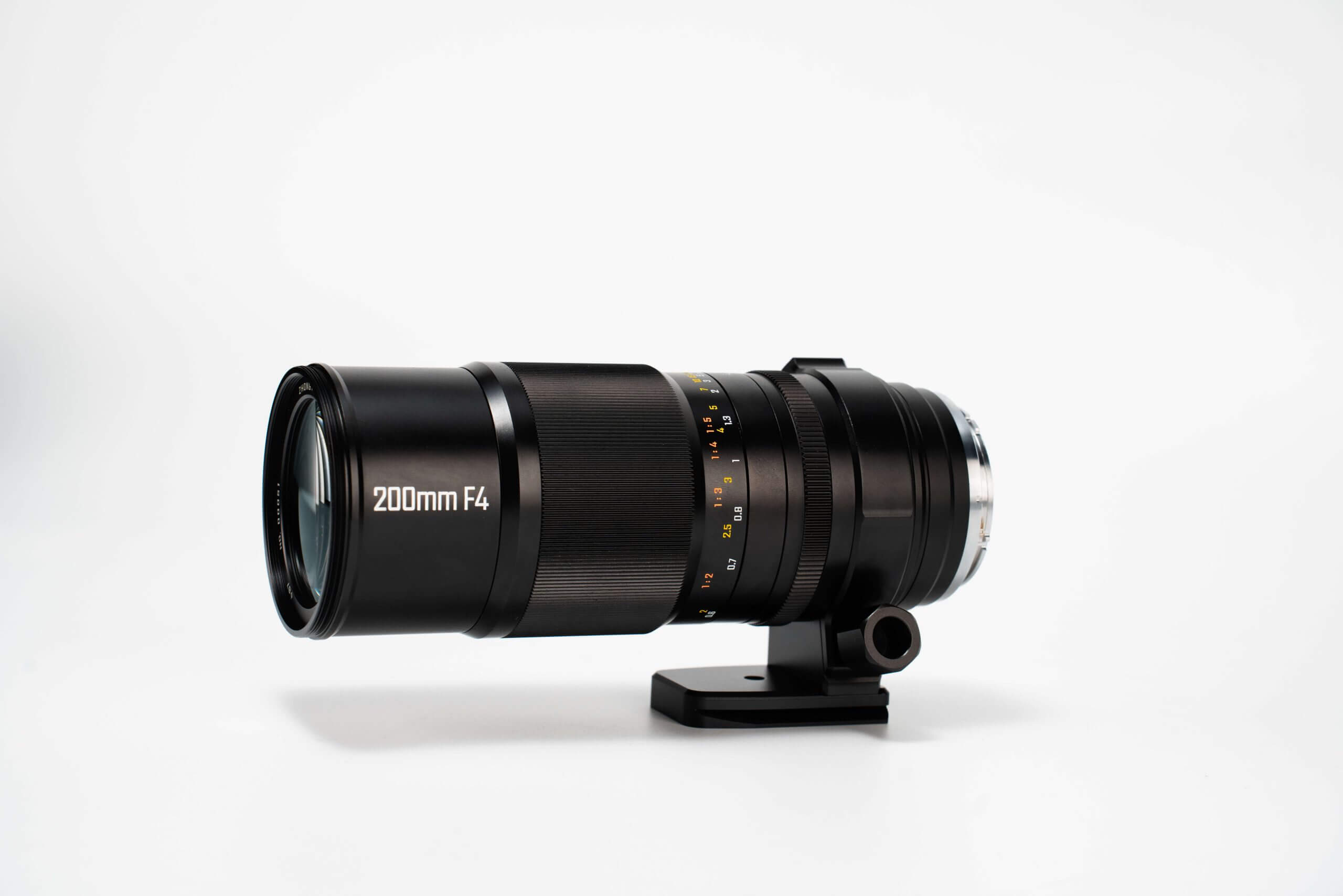
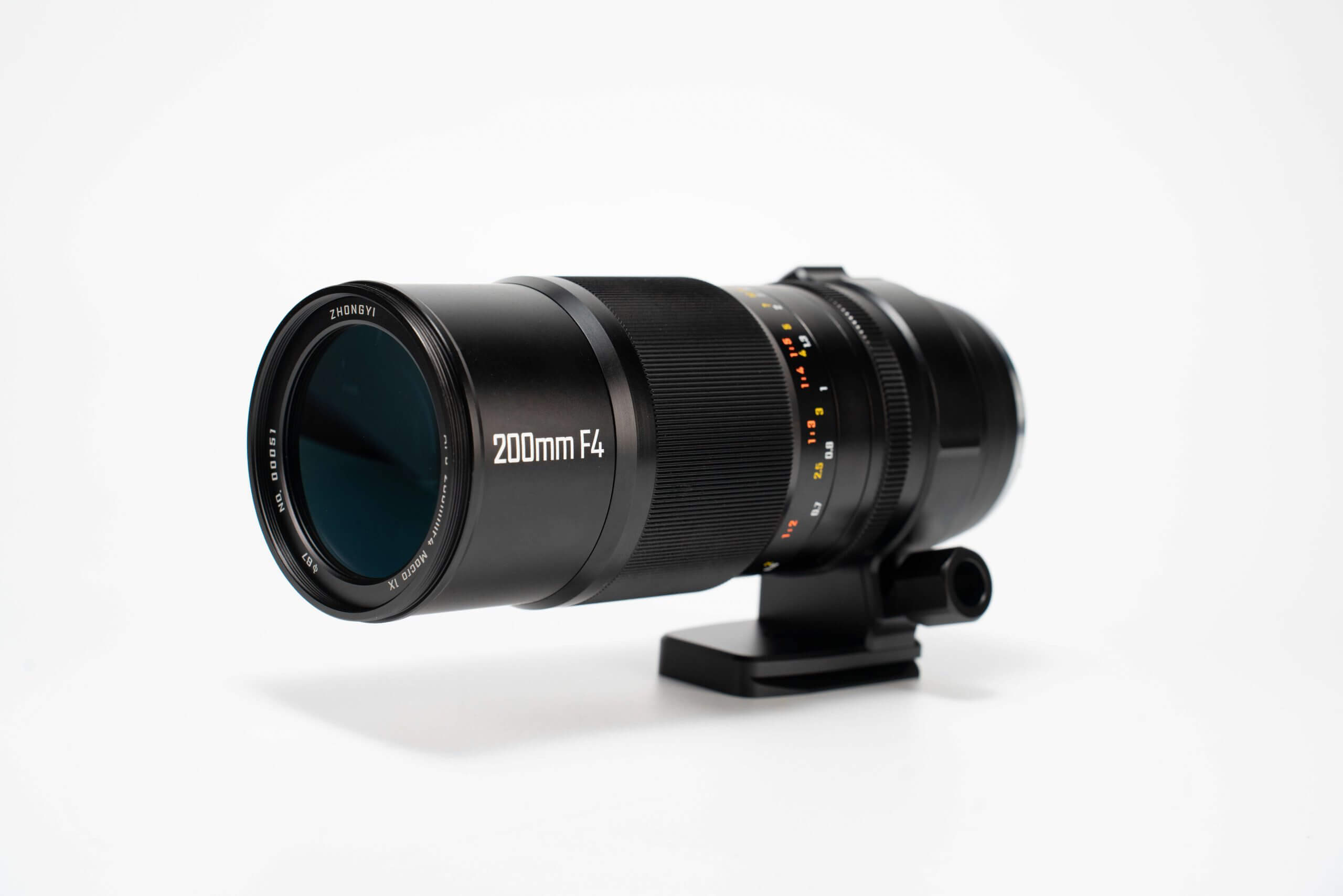
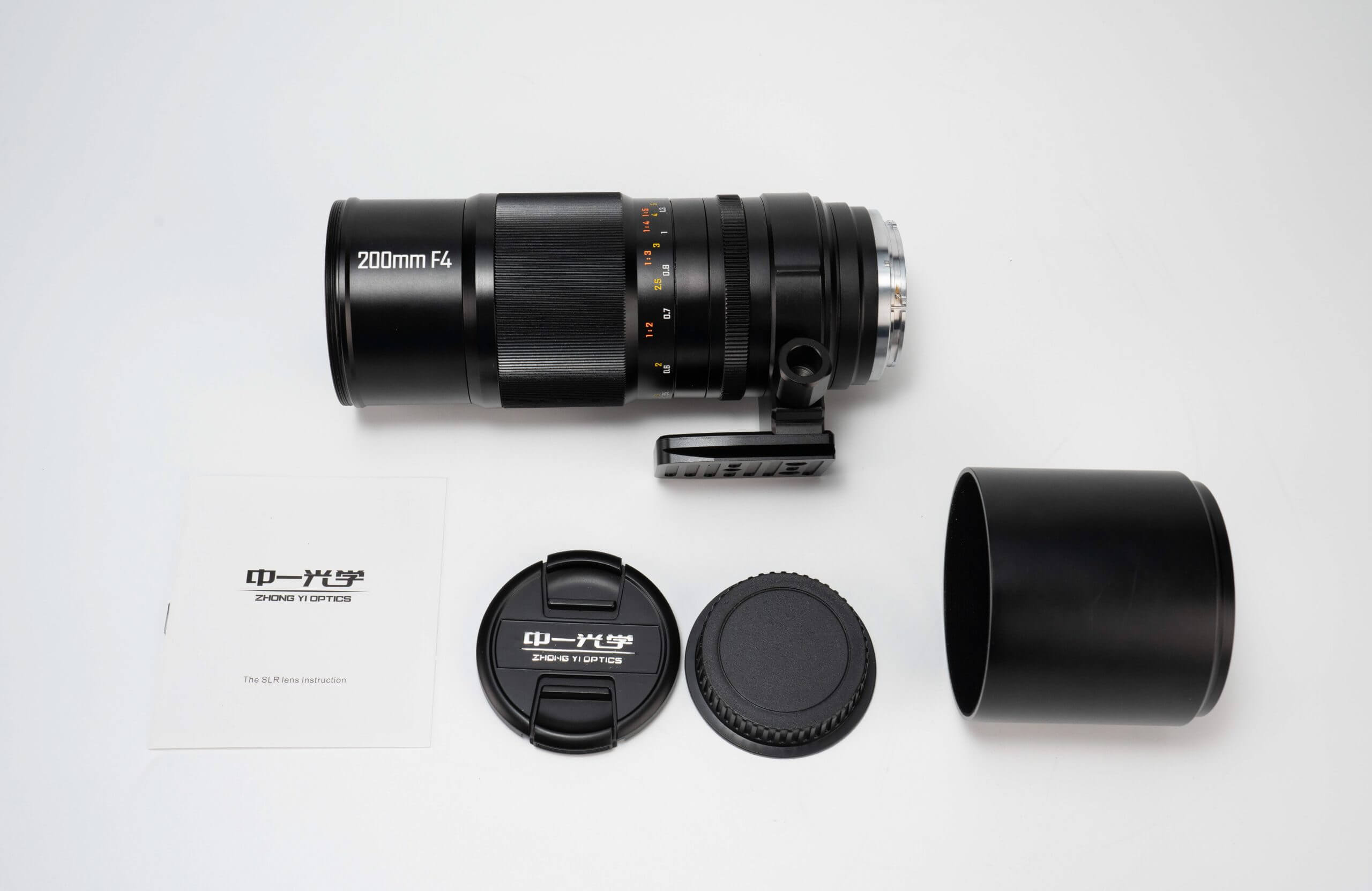
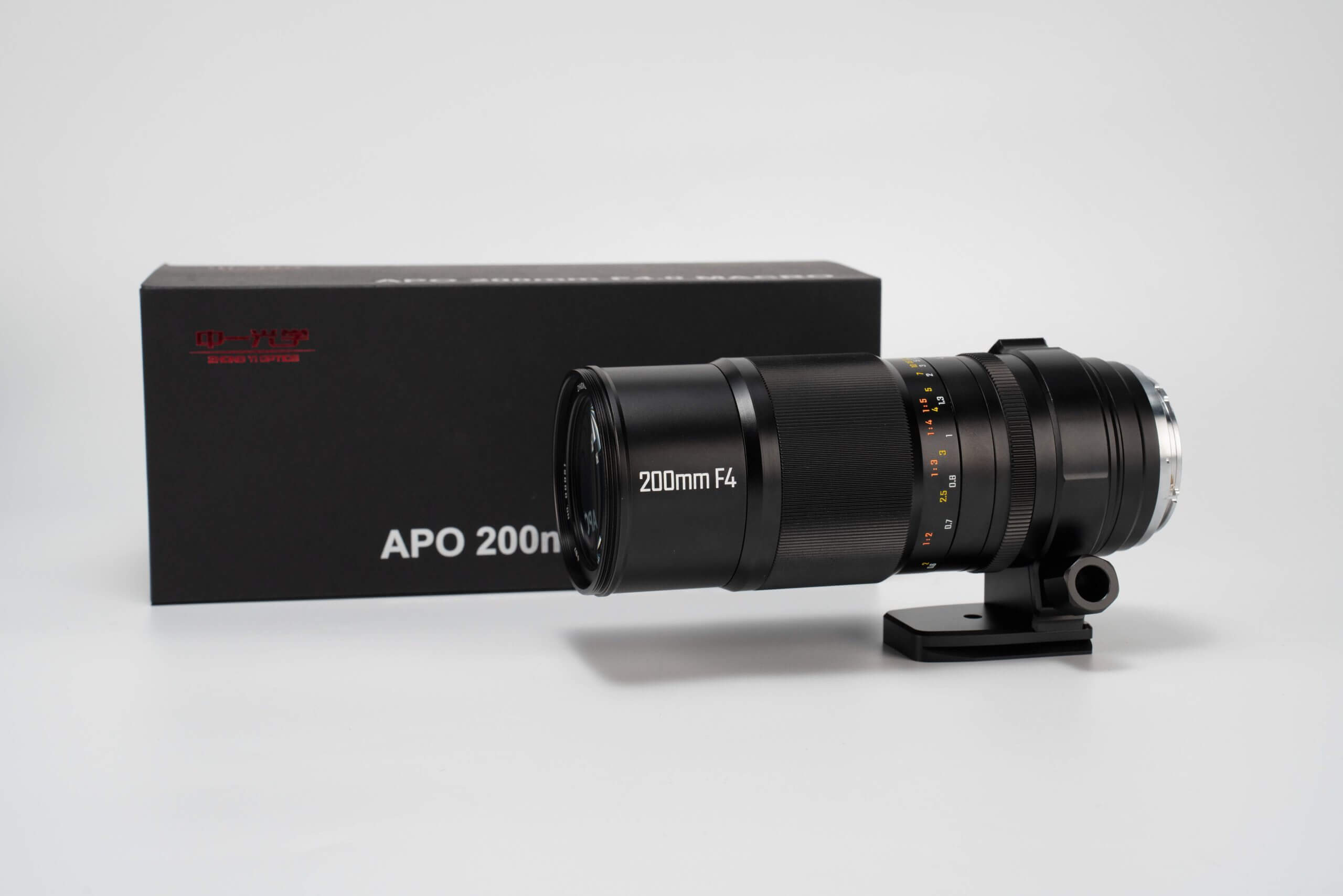
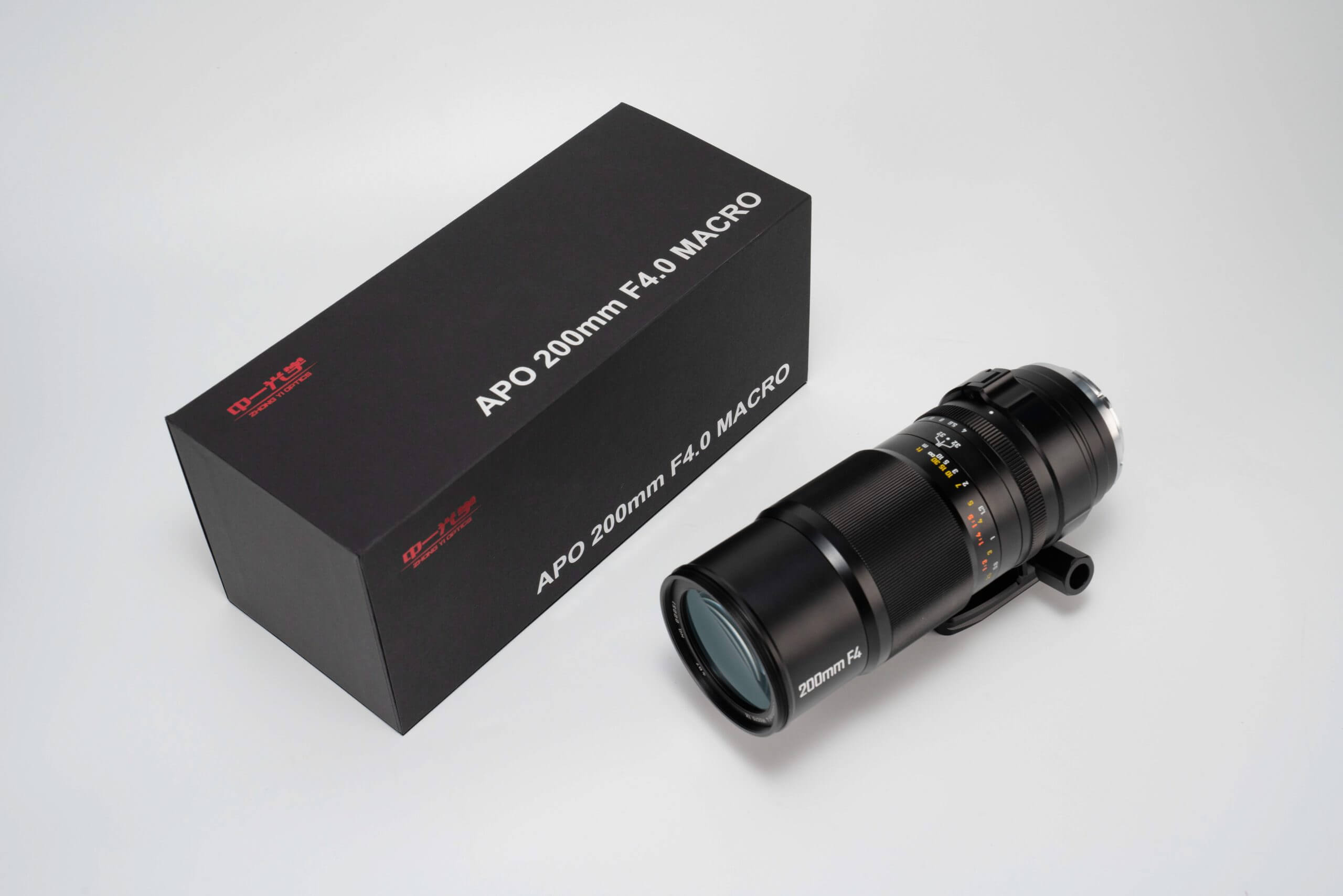
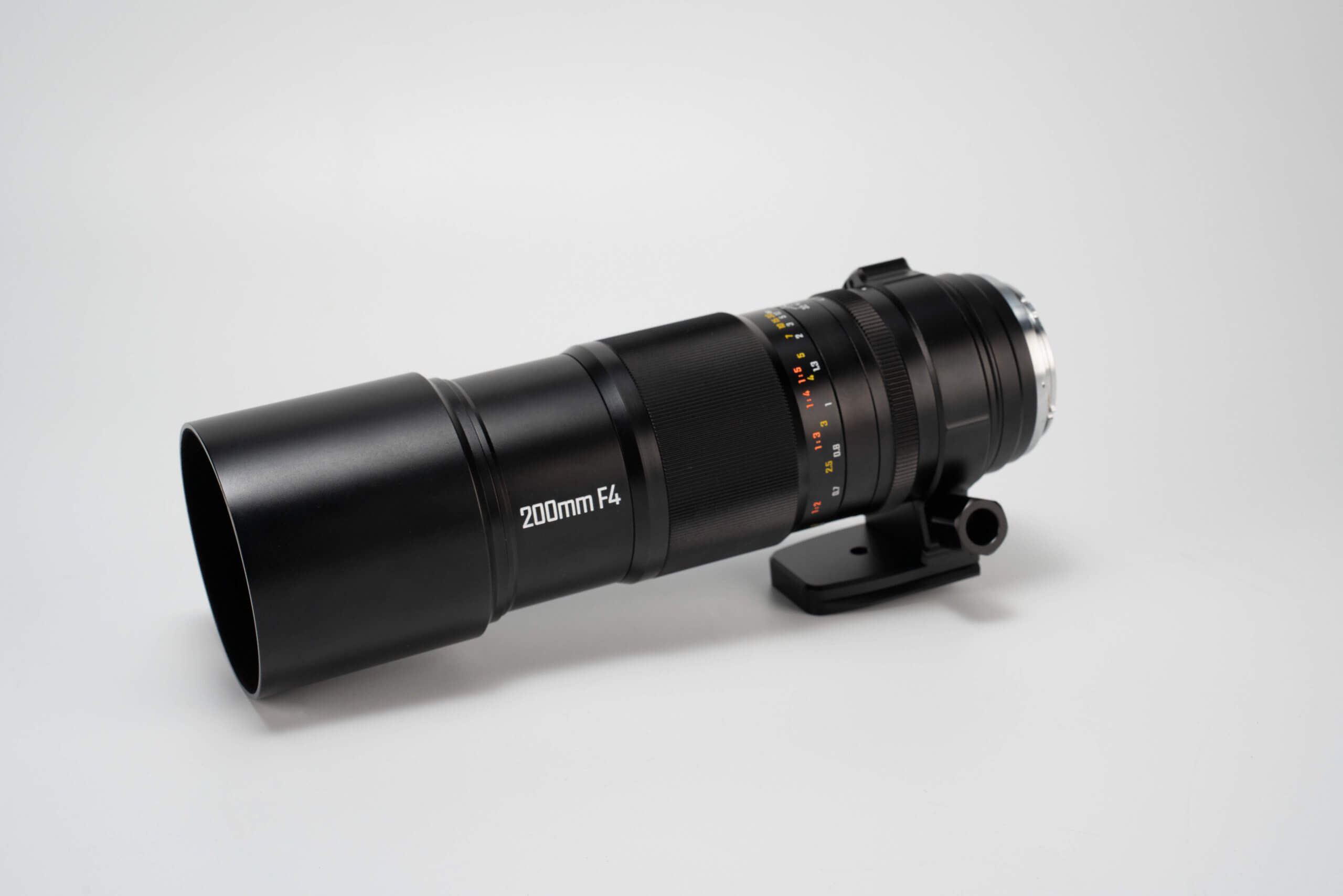
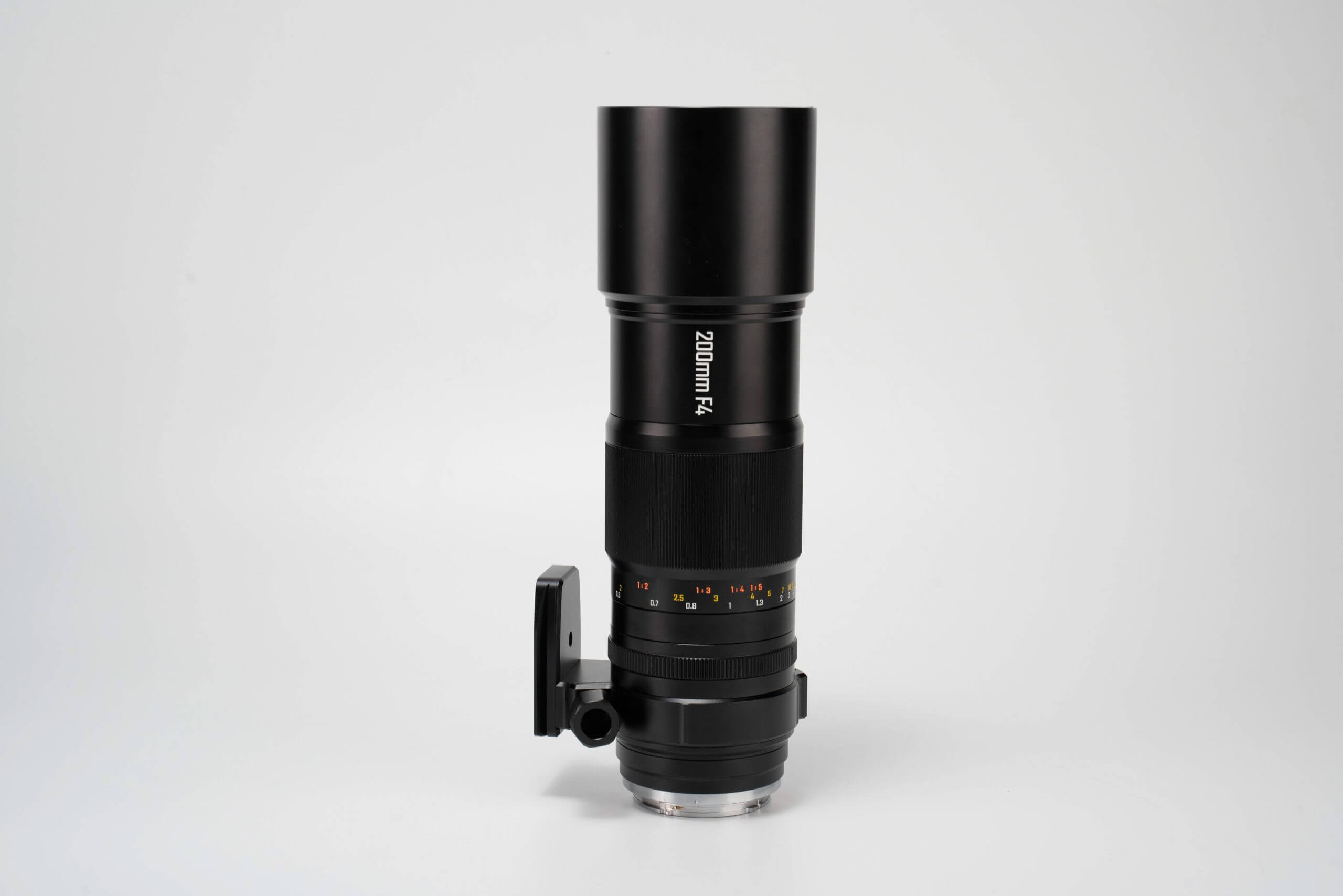
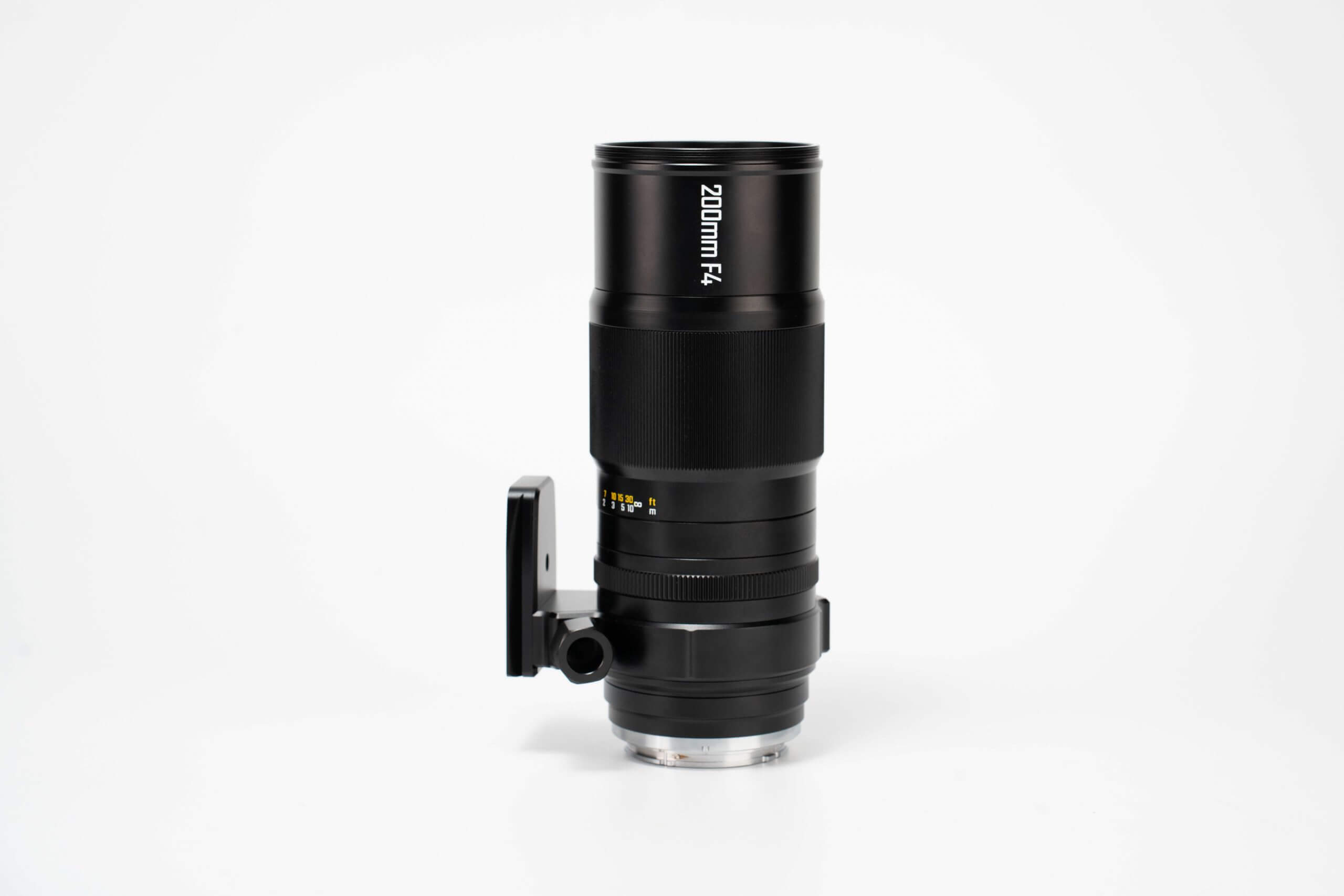
Specifications
Name | Mitakon 200mm F/4 1x APO |
Sensor Size | Full Frame |
Aperture | F/4-F/32 |
Elements/Groups | 11 Elements in 7 Groups |
Aperture Blades | 9 |
Angle of View | 12.5° |
Minimum Focusing Distance | 1’7” (0.48m) |
Maximum Magnification | 1x |
Filter Thread | 67mm |
Size (Diameter* Height) | ~ Φ3” x 7” ( Φ75mm*186mm ) |
Weight | ~2.86lbs (1300g) |
Mount | F, EF, FE, RF, Z, GFX, L, XCD |

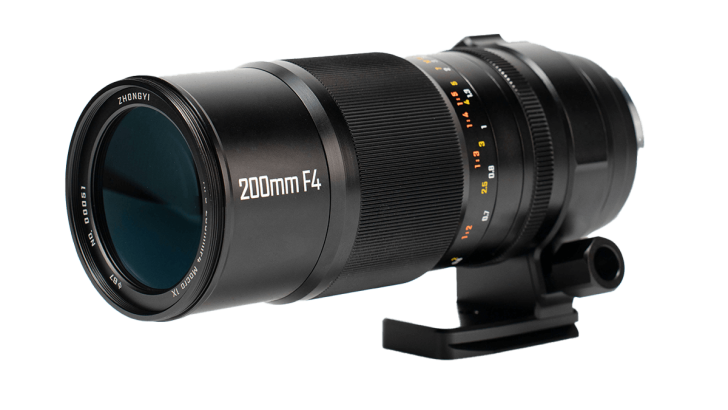
An RF 180-200 L + OIS will be an instant buy for me. Even if expensive, and it will be expensive...
Thinking of the RF 100-300, they have proven recently a zoom could be at least as good as a prime.
- Same (or better) optical quality as the EF 180 mm
- 1:1 magnification
- Fast AF
- Compatible with RF extenders (for increased working distance with dragonflies, butterflies and other insects)
- Sufficient number of aperture blades for a round opening with good bokeh
- Image stabilization
- Internal focusing (like the EF 180mm)
- Focus limiter for close up focus range i.e. from closest focus to +/- 1 meter
- F 2.8
- Removable tripod collar
- Weight: equivalent to, or lighter than, the EF 180mm
What I do NOT want:The whole marketing spiel revolved around SA control not needing changes to the optical or mechanical design of the lens groups, just a software change in driving the motors.
Having said all that, SA control has no value to me, so if leaving it out makes the RF180L cheaper, I'm all for it :)
Minimum Focusing Distance is 1’7” (0.48m).
What does this mean?
I would not have thought that there would be little perspective difference with the 100 => 200mm focal length change when it comes to macro shooting but could be wrong.
The longer focal length means you can be farther away.